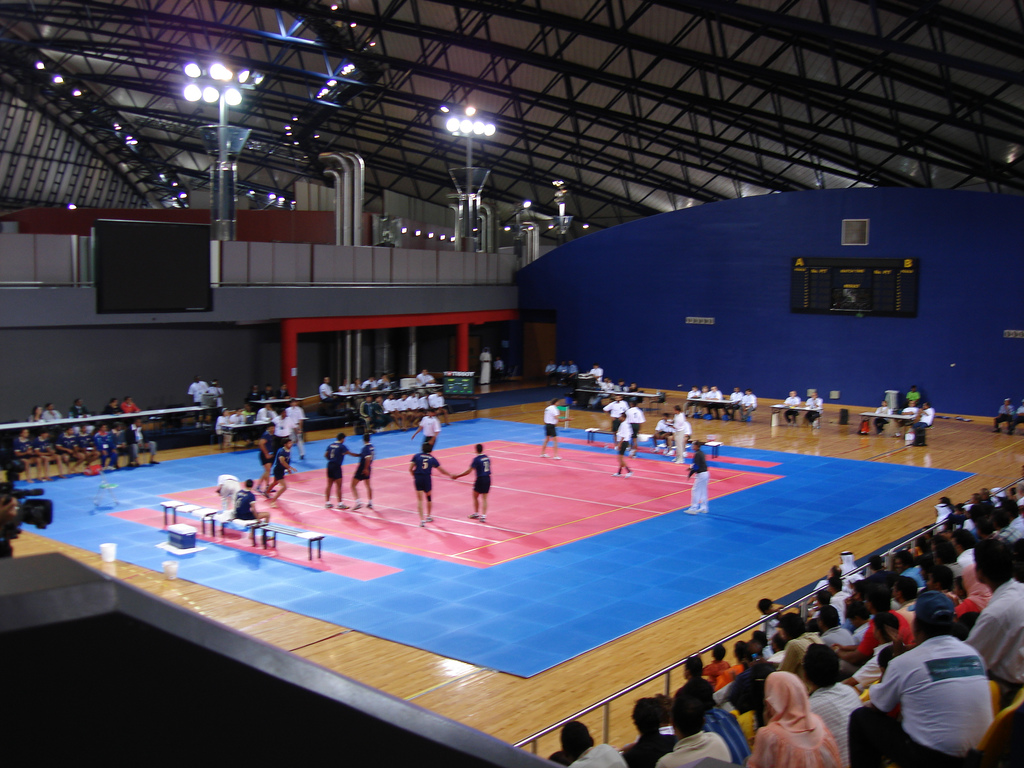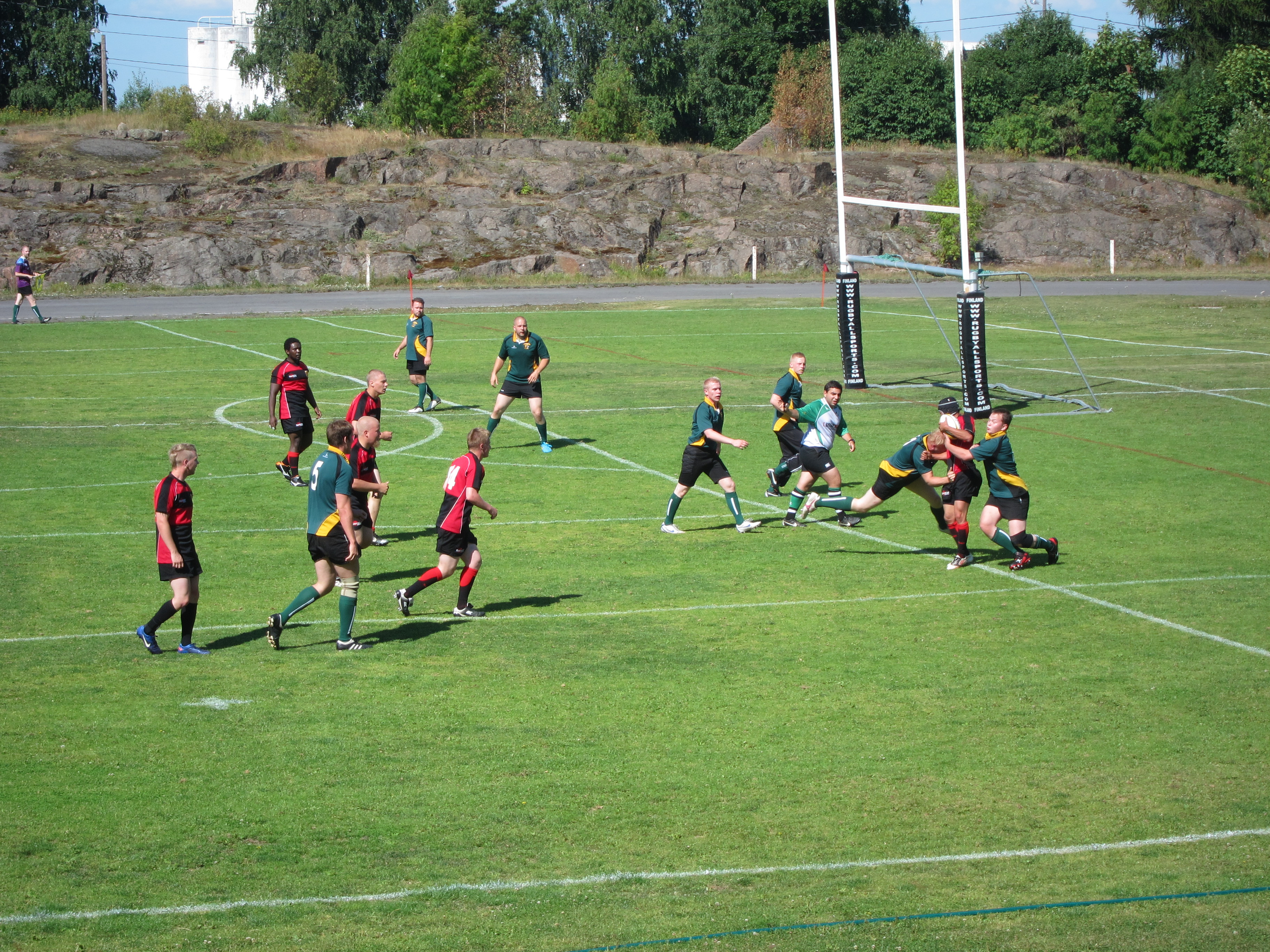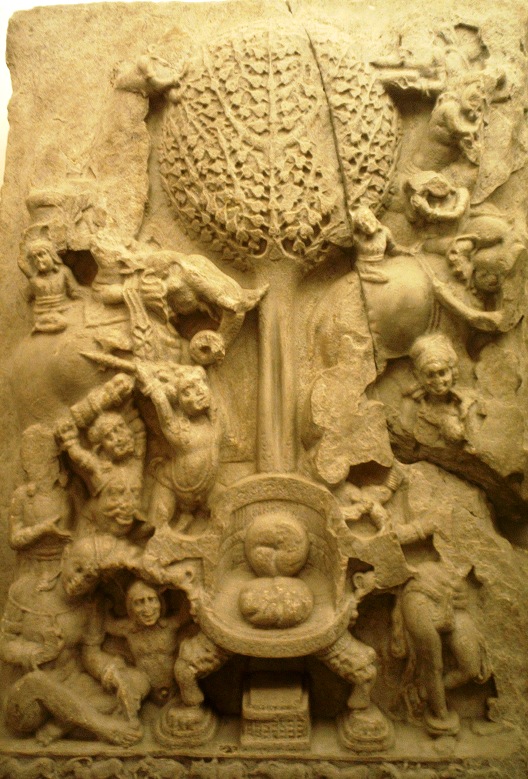|
Sports In Manipur
Manipur is home to a population playing many different sports. Outdoor sports Outdoor sports include Mukna, Mukna Kangjei (or Khong kangjei), Sagol Kangjei (Polo), Yubi lakpi (Coconut Rugby), Oo-Laobi, Hiyang Tannaba (Boat Rowing Race), and Arambai Hunba. Mukna (wrestling) Mukna is a popular form of wrestling. It has rules agreed by all Mukna organisations and with Royal Consent. Traditionally the game is controlled and organised by Pana Loisang of the Ruler of the state and village organisations. There are four, Panas-Ahallup, Naharup, Khabam and Laipham, who control all fixtures and times for the games and the State Meet in which the Final is attended by the ruler, who presents the title of Jatra (Champion) for the year along with a reward of Thum Nama (A full bag of salt), and Ngabong Phi (hand made cloth of cotton yarn), exemption of all state duties and Ningham Samjin dress (traditional). The game has two categories (1) Takhatnabi (League), (2) Naitom (Knockout). Mukna K ... [...More Info...] [...Related Items...] OR: [Wikipedia] [Google] [Baidu] |
Manipur
Manipur () ( mni, Kangleipak) is a state in Northeast India, with the city of Imphal as its capital. It is bounded by the Indian states of Nagaland to the north, Mizoram to the south and Assam to the west. It also borders two regions of Myanmar, Sagaing Region to the east and Chin State to the south. The state covers an area of . Manipur has been at the crossroads of Asian economic and cultural exchange for more than 2,500 years. It connects the Indian subcontinent and Central Asia to Southeast Asia, East Asia, Siberia, regions in the Arctic, Micronesia and Polynesia enabling migration of people, cultures and religions. During the days of the British Indian Empire, the Kingdom of Manipur was one of the princely states. Between 1917 and 1939, some people of Manipur pressed the princely rulers for democracy. By the late 1930s, the princely state of Manipur negotiated with the British administration its preference to continue to be part of the Indian Empire, rather than part of B ... [...More Info...] [...Related Items...] OR: [Wikipedia] [Google] [Baidu] |
Bamboo
Bamboos are a diverse group of evergreen perennial flowering plants making up the subfamily Bambusoideae of the grass family Poaceae. Giant bamboos are the largest members of the grass family. The origin of the word "bamboo" is uncertain, but it probably comes from the Dutch or Portuguese language, which originally borrowed it from Malay or Kannada. In bamboo, as in other grasses, the internodal regions of the stem are usually hollow and the vascular bundles in the cross-section are scattered throughout the stem instead of in a cylindrical arrangement. The dicotyledonous woody xylem is also absent. The absence of secondary growth wood causes the stems of monocots, including the palms and large bamboos, to be columnar rather than tapering. Bamboos include some of the fastest-growing plants in the world, due to a unique rhizome-dependent system. Certain species of bamboo can grow within a 24-hour period, at a rate of almost an hour (equivalent to 1 mm every 90 seco ... [...More Info...] [...Related Items...] OR: [Wikipedia] [Google] [Baidu] |
Kangla
The Kangla Palace ( mni, /kəŋ.la/), popularly as well as officially known as the Kangla Fort, is an old fortified palace at Imphal in the Manipur state of India. It was formerly situated on both sides (western and eastern) of the bank of the Imphal River, now remaining only on the western side in ruined conditions. Kangla means "the prominent part of the dry land" in old Meetei. It was the traditional seat of the past Meetei rulers of Manipur. Kangla (Imphal) was the ancient capital of pre-modern Manipur. The Kangla is a revered spot for the people of Manipur, reminding them of the days of their independence. It is a sacred place to the Meiteis. Places }) , The grand royal entrance gate to the Kangla from the western side , - , , Kanglasha ( mni, , , Dragons of the Kangla) , A pair of sculptures dedicated to the lion god Nongshaba. , - , , Kangla Museum ( mni, ) , A museum that showcases the lifestyle of Meitei rulers of the Ningthouja dynasty as well as t ... [...More Info...] [...Related Items...] OR: [Wikipedia] [Google] [Baidu] |
Kabaddi
Kabaddi is a contact team sport. Played between two teams of seven players, the objective of the game is for a single player on offence, referred to as a "raider", to run into the opposing team's half of the court, touch out as many of their players and return to their own half of the court, all without being tackled by the defenders in 30 seconds. Points are scored for each player tagged by the raider, while the opposing team earns a point for stopping the raider. Players are taken out of the game if they are touched or tackled, but are brought back in for each point scored by their team from a tag or a tackle. It is popular in the Indian subcontinent and other surrounding Asian countries. Although accounts of kabaddi appear in the histories of ancient India, the game was popularised as a competitive sport in the 20th century. It is the national sport of Bangladesh. It is the state game of the Indian states of Tamil Nadu, Andhra Pradesh, Bihar, Haryana, Karnataka, Kerala, Ma ... [...More Info...] [...Related Items...] OR: [Wikipedia] [Google] [Baidu] |
Rugby Football
Rugby football is the collective name for the team sports of rugby union and rugby league. Canadian football and, to a lesser extent, American football were once considered forms of rugby football, but are seldom now referred to as such. The governing body of Canadian football, Football Canada, was known as the Canadian Rugby Union as late as 1967, more than fifty years after the sport parted ways with rugby rules. Rugby football started about 1845 at Rugby School in Rugby, Warwickshire, England, although forms of football in which the ball was carried and tossed date to the Middle Ages (see medieval football). Rugby football spread to other Public school (United Kingdom), English public schools in the 19th century and across the British Empire as former pupils continued to play it. Rugby football split into two codes in 1895, when twenty-one clubs from the North of England left the Rugby Football Union to form the Rugby Football League, Northern Rugby Football Union (renamed ... [...More Info...] [...Related Items...] OR: [Wikipedia] [Google] [Baidu] |
India
India, officially the Republic of India (Hindi: ), is a country in South Asia. It is the seventh-largest country by area, the second-most populous country, and the most populous democracy in the world. Bounded by the Indian Ocean on the south, the Arabian Sea on the southwest, and the Bay of Bengal on the southeast, it shares land borders with Pakistan to the west; China, Nepal, and Bhutan to the north; and Bangladesh and Myanmar to the east. In the Indian Ocean, India is in the vicinity of Sri Lanka and the Maldives; its Andaman and Nicobar Islands share a maritime border with Thailand, Myanmar, and Indonesia. Modern humans arrived on the Indian subcontinent from Africa no later than 55,000 years ago., "Y-Chromosome and Mt-DNA data support the colonization of South Asia by modern humans originating in Africa. ... Coalescence dates for most non-European populations average to between 73–55 ka.", "Modern human beings—''Homo sapiens''—originated in Africa. Then, int ... [...More Info...] [...Related Items...] OR: [Wikipedia] [Google] [Baidu] |
Lai Haraoba
Lai Haraoba is a festival associated with the Meitei people celebrated to please the Umang Lai, the traditional deities of Sanamahism. Translated, Lai Haraoba means ''merry making of the Gods'' in Meiteilon. In this festival, the people worship Sanamahi, Pakhangba, Nongpok Ningthou and around 364 Umang Lais or the deities of the forest. This festival is organized as a piece of memory of the contribution of Gods in creating the Universe and also it is celebrated in the memory of the development of plants, animals and human beings. Four types of Lai Haraoba are prevalent in the Meitei society, namely, ''Kanglei Haraoba'', ''Moirang Haraoba'', ''Kakching Haraoba'' and ''Chakpa Haraoba''. Kanglei Haraoba is performed in many parts of the valley of Manipur. Moirang Haraoba is only in Moirang, Kakching Haraoba is held in Kakching and Chakpa Haraoba is celebrated at Andro, Phayeng, Sekmai, Koutruk, Khuukhul, Leimaram and Tairenpokpi. Origin Lai Haraoba ( omp, , lai ha-lau-pa, omp, ... [...More Info...] [...Related Items...] OR: [Wikipedia] [Google] [Baidu] |
Aniconic
Aniconism is the absence of artistic representations (''icons'') of the natural and supernatural worlds, or it is the absence of representations of certain figures in religions. It is a feature of various cultures, particularly of cultures which are based on monotheistic Abrahamic religions. The prohibition of material representations may only extend from God and other supernatural beings to saint-like characters, or it may extend to material representations of all living beings, and material representations of everything that exists. The phenomenon is generally codified by religious traditions and as such, it becomes a taboo. When it is enforced by the physical destruction of images, aniconism becomes iconoclasm. Aniconism has been a historical phase in both Buddhism and Christianity, and even though it is much less of an issue today, the attitudes towards religious imagery show considerable variability between different traditions, denominations, and strands within each religio ... [...More Info...] [...Related Items...] OR: [Wikipedia] [Google] [Baidu] |
Mukna
Mukna is a form of folk wrestling from the north-east Indian state of Manipur. It is popular in Imphal, Thoubal and Bishnupur. The game is generally played on the last day of the Lai Haraoba festival and is an intrinsic part of the ceremonial functions. History The mythological origin according to Meiteis trace back to Puya manuscripts such as ''Leithal'', ''Leikharol'', and ''Pudin''. It is thought to have originated in Moirang Kangleirol, in which Khamba and Nongban were two legendary figures in Mukna. Sport Matches begin with the competitors holding each other's belts called ''ningri''. The object is to pin the opponent with their back touching the ground. The winner is called a ''yatra''. Mukna contains many techniques (''lou'') which require absolute physical fitness and skill to be mastered. Holding the opponent's neck, hair, ear or legs with the hands is not permitted. Any strikes are also considered fouls. Anyone who touches the ground with any part of their body besides t ... [...More Info...] [...Related Items...] OR: [Wikipedia] [Google] [Baidu] |






